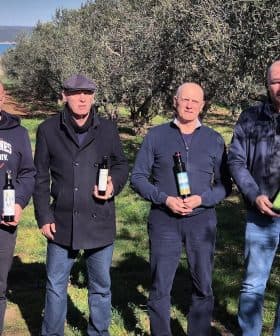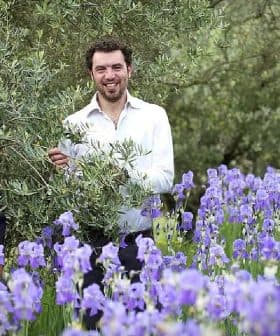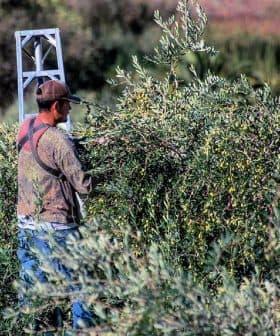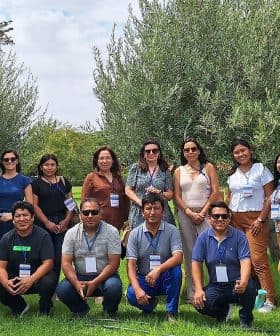Andalusian Producers Achieve Outstanding Quality After Disastrous Harvest
After the smallest harvest in more than a decade, producers in Spain earned their fourth-highest award count at the World Olive Oil Competition.
 Sustainability is critical for Quaryat Dillar, which produces extra virgin olive oil in the Sierra Nevada Natural Park.
Sustainability is critical for Quaryat Dillar, which produces extra virgin olive oil in the Sierra Nevada Natural Park. Andalusian olive oil producers reflected on the challenges of the 2022/23 season, which saw Spain’s lowest yield since 2012/13. Despite production challenges, many producers earned international awards for their high-quality oils, with concerns raised about another poor harvest ahead due to ongoing drought and adverse weather conditions.
With the malaise of the 2022/23 crop year fully in the rearview mirror, growers and producers across Andalusia reflected on the season’s challenges and triumphs.
According to the Spanish Ministry of Agriculture, Fisheries and Food, the world’s largest olive oil-producing country experienced its lowest yield since 2012/13, with a yield of 673,130 tons.
In the end, it is about knowing the territory and the fruit and producing it in the best possible conditions.
Meanwhile, Andalusia, the country’s most prolific producing region, experienced a harvest of just 510,725 tons.
“It has been a difficult year, with a lot of heat during the [2022/23] harvest the first few days and with adverse weather conditions in general in Spain,” Rafael Alonso Barrau, the commercial and export director of Almería-based Oro del Desierto, told Olive Oil Times.
See Also:The best extra virgin olive oils from Spain“Even so, we have been able to obtain great quality that is also being recognized with international awards,” he added. “Every year is a new challenge, and you have to face it as best as possible to get the most out of what you have.”
Alonso Barrau was not alone in his analysis that olive oil quality did not suffer as much as quantity. Growers and producers in Spain earned 106 awards from 135 entries at the 2023 NYIOOC World Olive Oil Competition.
While national production reached its lowest point in the last decade, the award tally represents Spain’s fourth highest at the world’s largest olive oil quality competition, which has been held for over a decade. Unsurprisingly, producers from Andalusia took home the lion’s share of Spain’s awards.
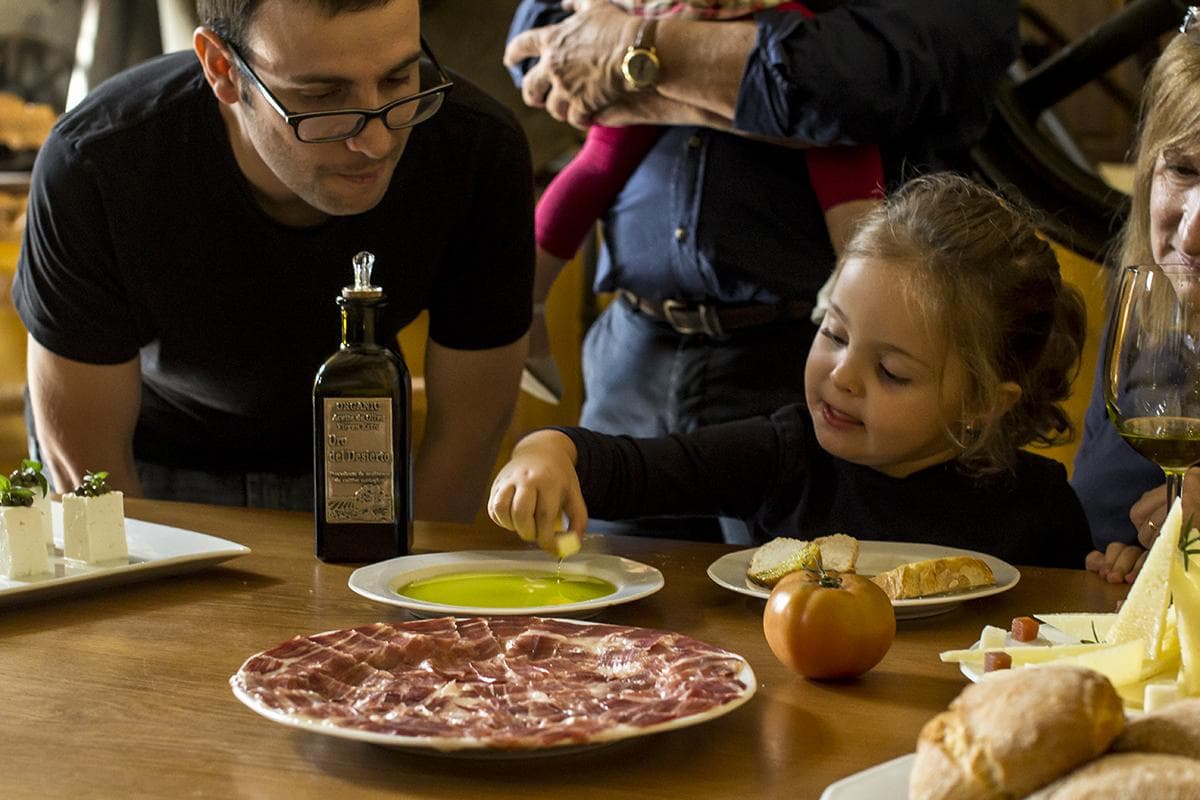
Olive oil quality awards help expand Oro del Desierto’s consumer base in the United States.
For their part, the team behind Oro del Desierto earned two Gold Awards. Alonso Barrau said the company had entered the NYIOOC every year since its inception, adding that the competition is a barometer for quality.
“Surely the consistency in the way of working [explains our continued success],” he said. “We have a method to produce high-quality extra virgin olive oil and a commitment to our clientele; in the end, it is about knowing the territory and the fruit and producing it in the best possible conditions.”
While the vast majority of Andalusia’s significant production decrease was attributed to high heat in May 2022, which damaged many olive trees as they blossomed and resulted in a significant decrease in fruitset, drought was another challenge that complicated the harvest.
Located in the Tabernas Desert, frequently cited as Europe’s driest region, Alonso Barrau said Oro del Desierto had worked diligently over the years to mitigate the impacts of drought and get the most out of the harsh and arid environment.
“Drought is a constant,” he confirmed. “We are used to managing pruning and soil to make efficient use of the little rain. We also use an underground deficit irrigation system to be able to provide help with water resources at key moments in olive tree phenology.”
“We also use a weather station and real-time data to execute a very efficient irrigation strategy with which we achieve harvests in this hostile environment,” he added.
Slightly less than 200 kilometers west of the Tabernas Desert, the Almazaras de la Subbética olive groves in Córdoba did not fare much better.
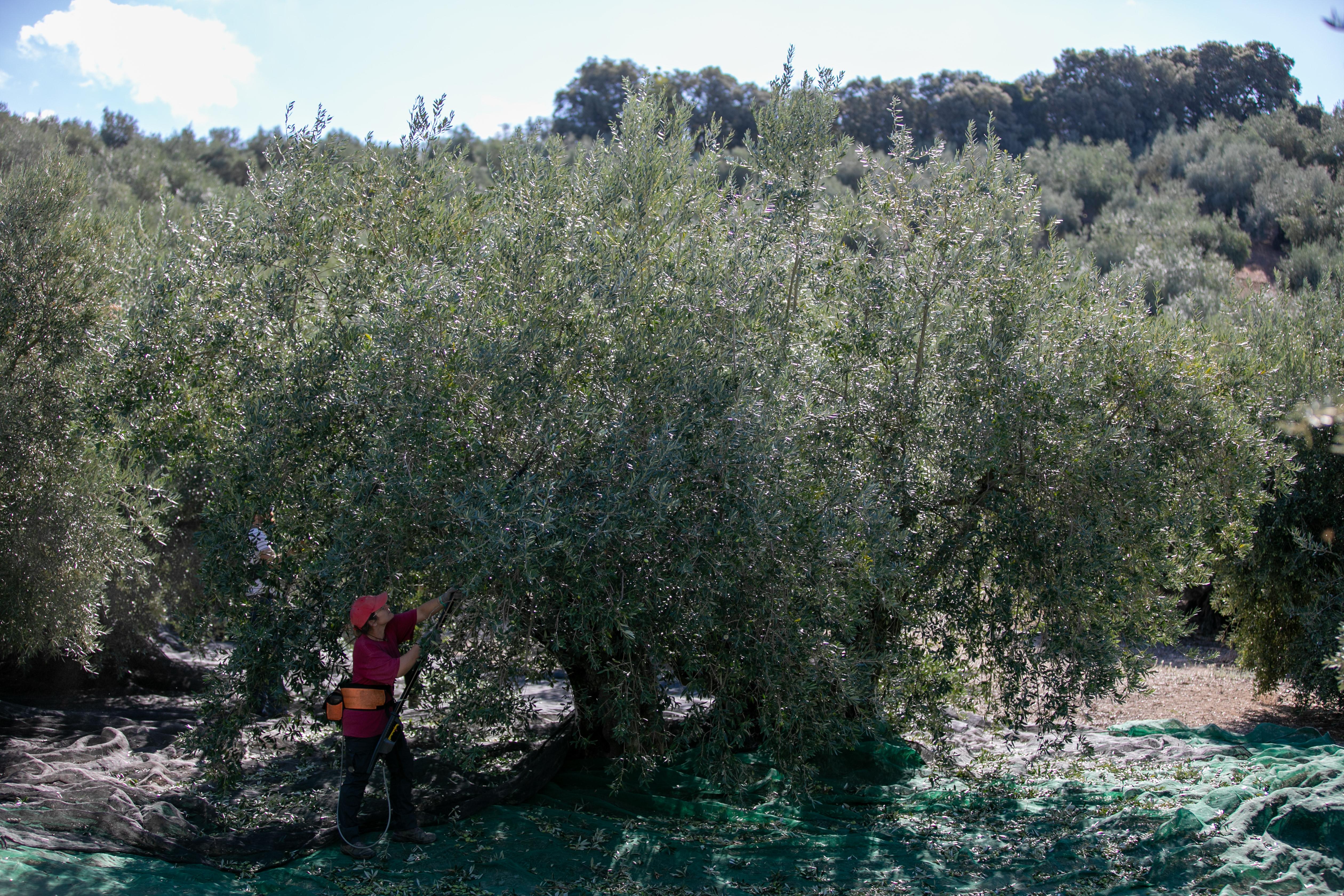
The 8,000-member cooperative earned four awards at the 2023 NYIOOC, despite reaching only half of their usual yield.
It would be hard to tell that after the 8,000-member cooperative earned three Gold Awards and a Silver Award at the 2023 NYIOOC.
“The main challenge of the 2022/23 crop year was the lack of rain and the high temperatures,” María Carmen Rodríguez Comino, the cooperative’s marketing director, told Olive Oil Times.
“Although quality oil has been obtained, it has been in less quantity than in other years,” she added. In raw numbers, this year, we produced just 40 percent of the previous campaign.”
Rodríguez attributed the cooperative’s enduring success at the competition to the technical team that advises the members during every step of the process, from the grove to the mill.
“Receiving international recognition is always a proud moment,” she said. “It means recognition of our team’s hard work, especially after a campaign as difficult as this one.”
José Antonio López, the director of Cooperativa Olivarera Virgen De La Sierra De Cabra, also based in Córdoba, agreed that winning awards in New York is important for cooperatives, especially as they begin to expand to international markets.
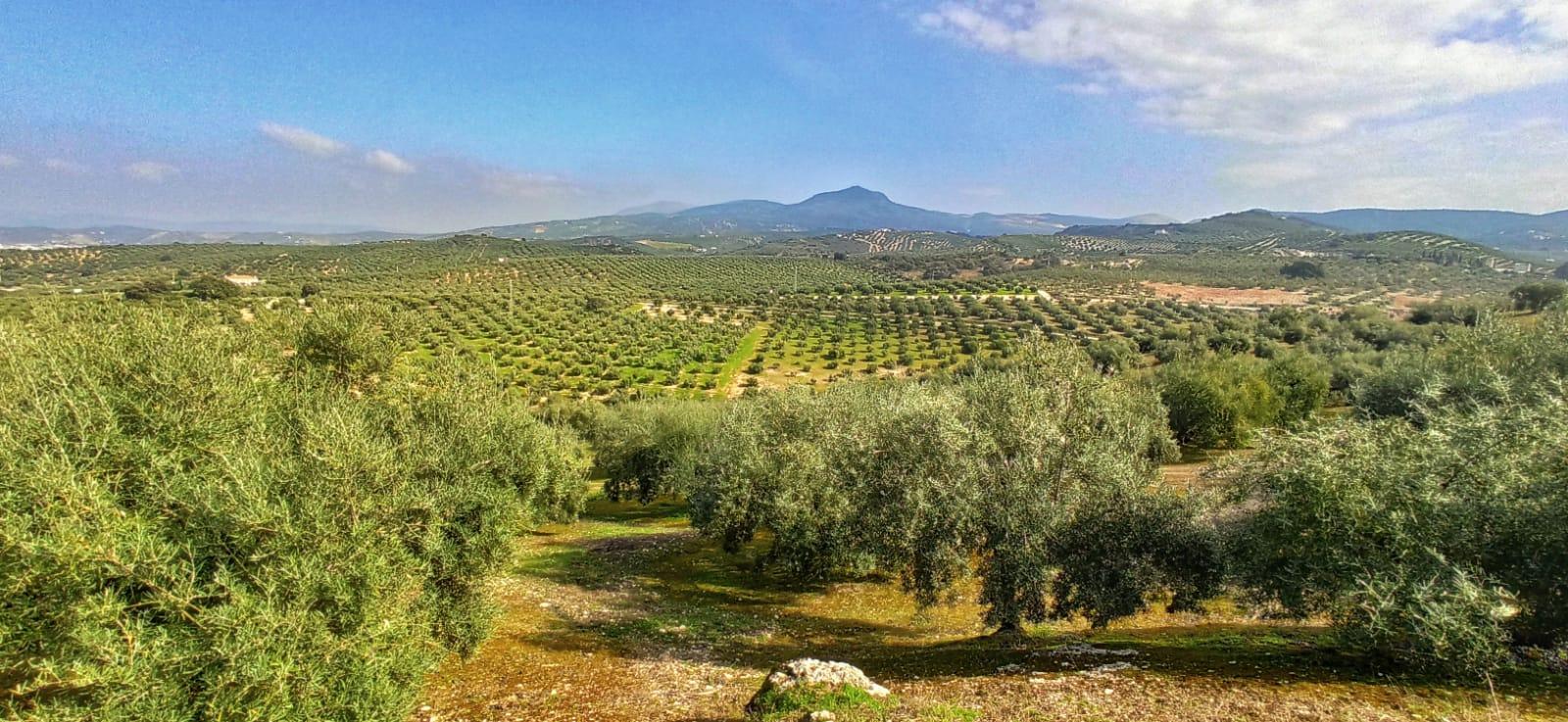
The 70-year-old cooperative, boasting over 1,000 members, earned two Gold Awards at the NYIOOC.
“Now that we are starting to sell outside of Spain, it is a great pride to be awarded in New York,” Antonio López told Olive Oil Times.
He attributed the cooperative’s success at the competition to increased investment in the farming and milling processes and the cooperative’s bet on organic cultivation.
However, Antonio López said the ongoing drought across southern Spain had been a challenge, with an increased investment required to receive lower production volumes.
“This past year has been very complex due to the environmental and drought conditions that the farmers have faced,” he said. “This makes it difficult both to extract an average production volume and to guarantee optimal quality.”
“[To mitigate these impacts,] we are training farmers to raise awareness about the optimization of resources to carry out the harvest,” Antonio López added. “Our objective is focused on continuing to provide the same level of quality to our customers.”
Sandwiched in between the Sierras Subbéticas and the Tabernas Desert are the goves of Almazara Quaryat Dillar. The Granadan producer earned its sixth award at the 2023 NYIOOC.
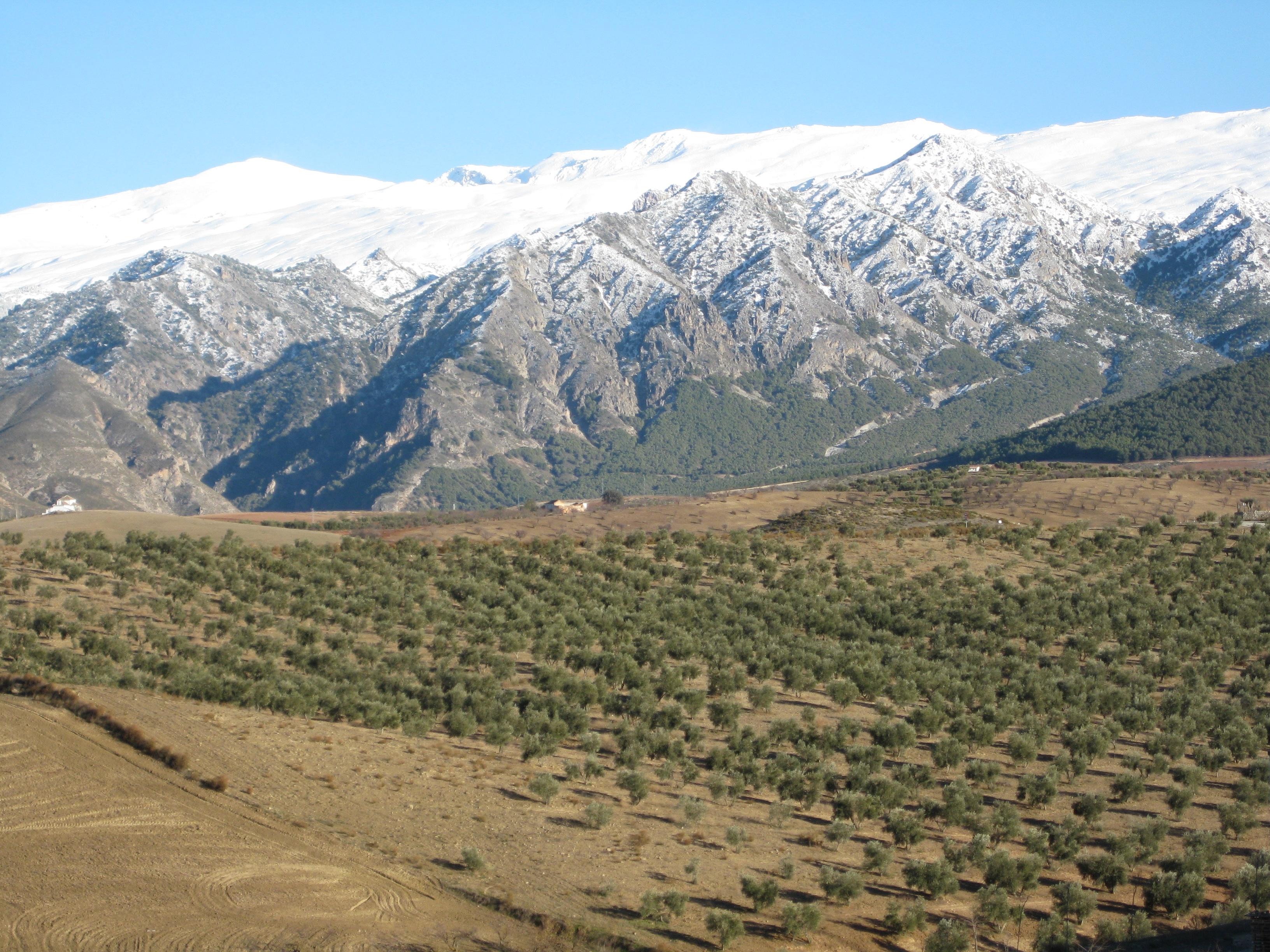
The high-altitude groves of Quaryat Dillar help mitigate the devestating impacts of high temepratures during olive tree blossoming.
“Winning the Gold Award for our oil was a great joy as it certifies that we are moving in the right direction to obtain an oil of the highest quality,” co-owner Antonio Velasco told Olive Oil Times. “It is a recognition of all the work and effort of the team of people who make this company possible.”
He added that the family company’s teamwork and dedication to the common objective of quality over quantity explains the producer’s sustained success in the competition, along with the unique terroir of Granada.
“Since we are a family business located in the Sierra Nevada Natural Park, our oils come from a high-altitude olive grove that delights us with unique aromas and flavors,” he said.
Due to the grove’s location in a natural park, Velasco said his company must focus on sustainability and production, which adds to costs. He added that Andalsuia’s ongoing drought and the mountainous topography also presented numerous challenges.
With the 2022/23 harvest officially concluded, producers in Andalusia are looking ahead to the next harvest with trepidation.
While some rain fell in Andalusia at the end of May and early June, providing minor relief, producers across the region confirmed to Olive Oil Times that Andalusia would likely have another poor harvest.
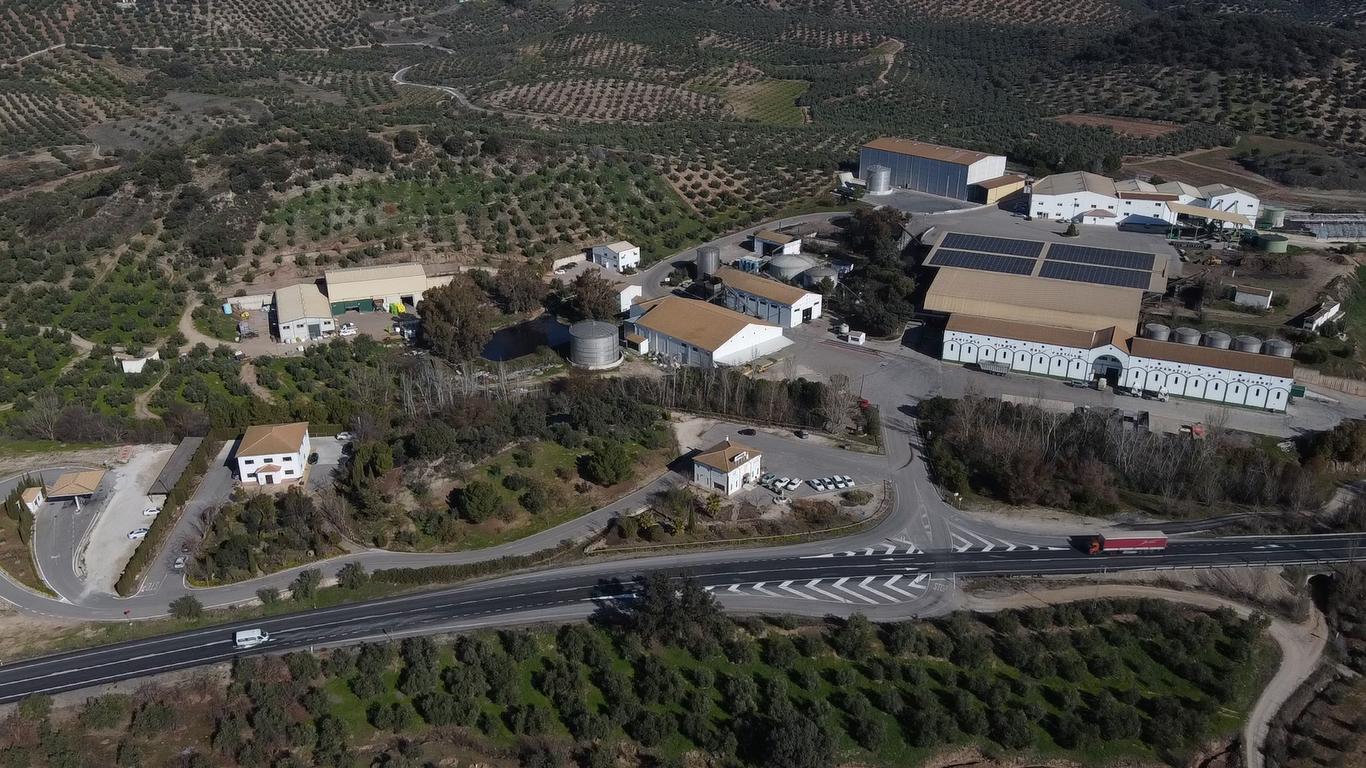
Solar panels help power the mills at Almazaras de la Subbética, but too much sun and not enough rain means the 2023/24 harvest will also be well-below average.
“Right now, in the month of June, we are having some rain that is relieving the grove a lot, but unfortunately, the rain arrived late,” Rodríguez said. “The next campaign is also almost lost because, in the key months of olive tree flowering, which are April and May, we have had temperatures of 40 ºC as if we were in the middle of summer.”
“The situation is worse than last year,” she added. “Much of the crop has been lost due to the lack of rainfall and high spring temperatures.”
Velasco confirmed that the view from Granada is not dissimilar to that from Córdoba. “Currently, the olive grove is in worse conditions than last year due to the drought,” he said.
In Almería, Alonso Barrau also confirmed that the situation is a bit worse than last year.
“The rain didn’t come until mid-May when it did fall a lot, and the olive tree blossomed strongly but without enough water and with too much heat at the end of April,” he said. “Then, at the beginning of June, there were storms with some hail, so the prospects in terms of quantity are not very good a priori in Almería.”
“Likewise, in the whole of Andalusia, the forecasts are bad due to the prolonged drought that has negatively affected flowering,” Alonso Barrau added. “I can say that Andalusia will once again have a rather low harvest for the second consecutive year.”
In Córdoba, Antonio López has largely come to the same conclusions as other Andalusian producers.
“After making several visits to the groves and speaking with farmers in the region, the situation is similar to last season,” he said. “Although it has rained in June, the rains are late. It was also very hot in the middle of the month of flowering [May], so the damage has already been done.”
“Now we have a long summer ahead in which the olive tree has to resist high temperatures,” Antonio López concluded. “The next critical point will be next September and October; those rains will be crucial to determine the final production volume.”
Share this article



